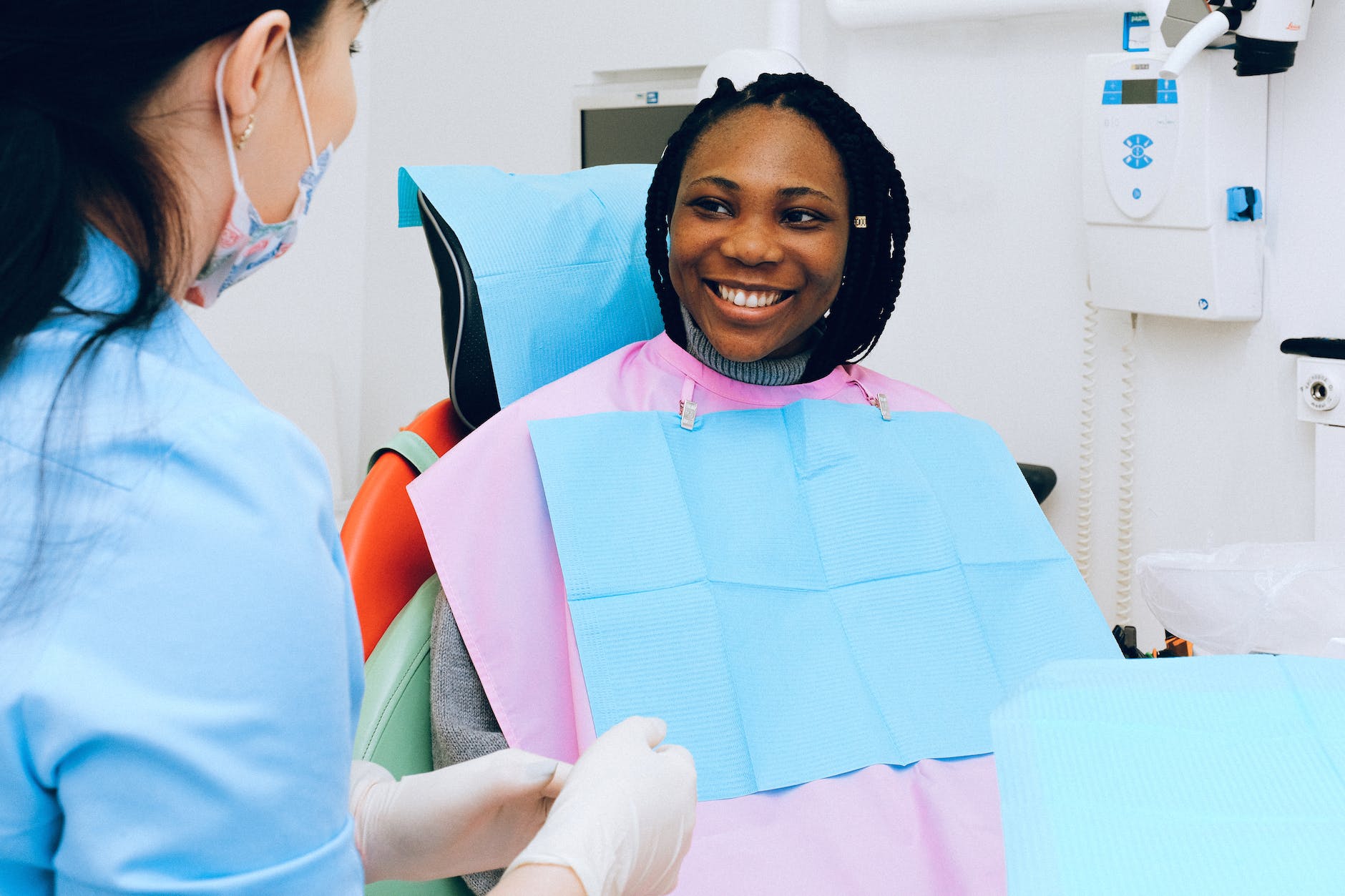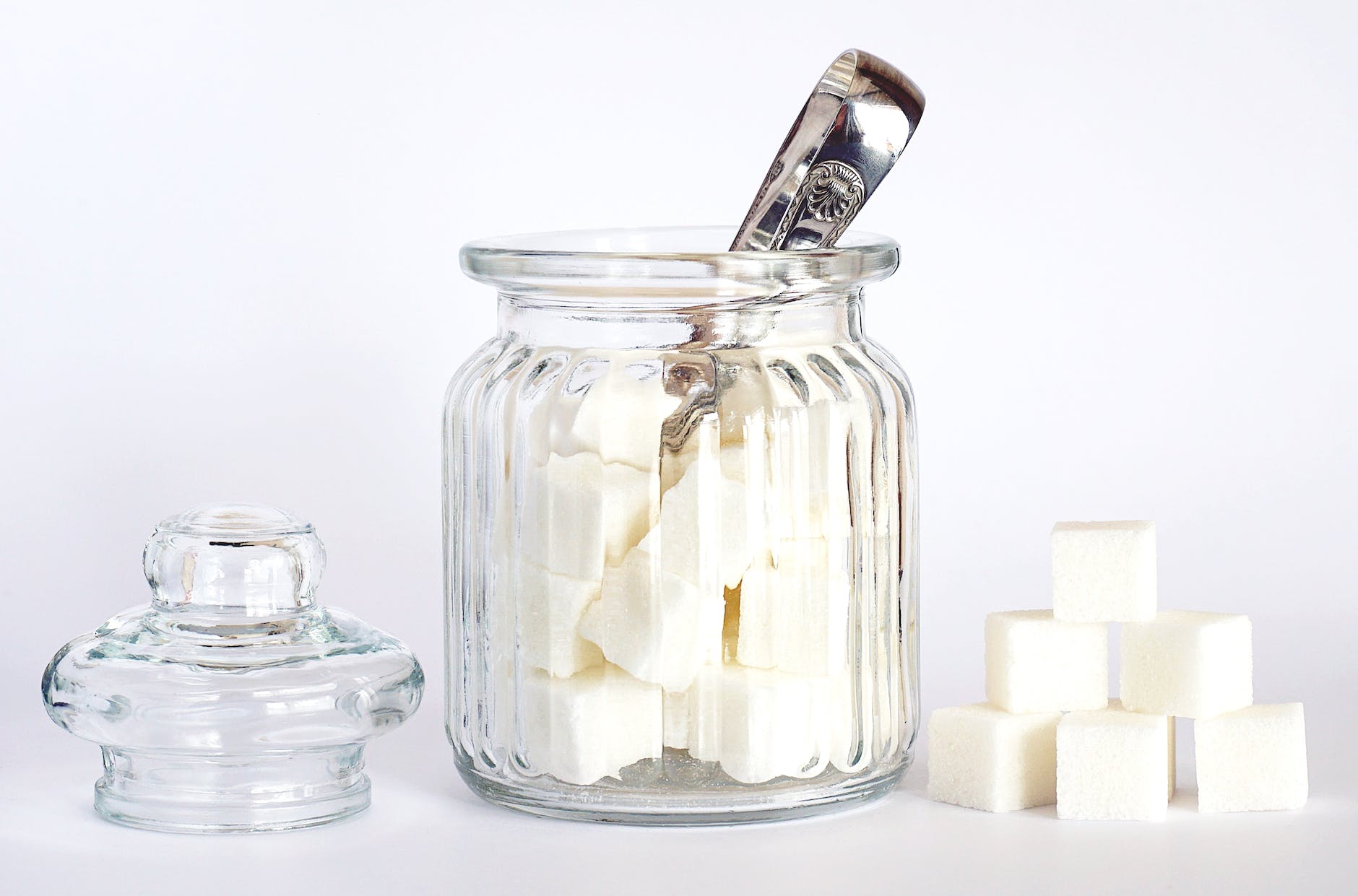
Sugar, a delightful crystalline substance that graces our taste buds, has been at the center of numerous health debates. Its potential link with diabetes, a condition that affects millions globally, is frequently discussed and often misunderstood. In this comprehensive guide, we’ll dissect the intricate relationship between sugar consumption and diabetes, separating myths from reality.
1. Introduction: The Ubiquity of Sugar
Sugar is everywhere. From the morning cup of coffee we relish to the desserts we occasionally indulge in, it’s an integral part of our diets. But beyond the sweetness lies a question of health. How does this omnipresent ingredient impact our well-being, especially in relation to diabetes? The answer, as with many things in nutrition, is nuanced.
2. Can Consuming a Lot of Sugar Cause Diabetes? The Complex Interplay
While sugar is often demonized, it’s essential to understand its role in our body. Sugar provides energy, but when consumed in excess, it can lead to weight gain, a significant risk factor for type 2 diabetes. However, it’s not the direct culprit. Type 2 diabetes arises from a combination of genetics and lifestyle factors. Consuming high amounts of sugar over time can lead to insulin resistance, where the body doesn’t use insulin effectively. This resistance is a stepping stone to diabetes, making it crucial to monitor and moderate sugar intake.
3. The Direct Link: Can You Get Diabetes from Too Much Sugar?
Blaming sugar solely for diabetes is an oversimplification. Excessive sugar can lead to obesity, a primary risk factor for type 2 diabetes. However, other factors, such as physical inactivity, genetics, and overall dietary habits, play pivotal roles. It’s a mosaic of factors, with sugar being just one piece.
4. The Sugar Threshold: How Much Sugar Do You Need to Get Diabetes?
There isn’t a magic number or a specific threshold of sugar intake that directly leads to diabetes. It’s more about the broader lifestyle and genetic factors. However, for health’s sake, the World Health Organization suggests that added sugars should constitute less than 10% of total daily energy intake. This recommendation underscores the importance of moderation.
5. Counteracting the Sugar Rush: How to Neutralize Too Much Sugar
We’ve all been there – a momentary lapse in judgment leading to a sugar binge. But all’s not lost. Here’s a recovery plan:
- Hydration is Key: Drink ample water to expedite the flushing out of excess sugar.
- Balance with Nutrients: Incorporate proteins and fibers in subsequent meals to stabilize blood sugar levels.
- Move Your Body: Engage in some form of physical activity. It not only burns off the extra calories but also aids in improving insulin sensitivity.
6. The Chocolate Conundrum: Can Eating Too Much Chocolate Cause Diabetes?
Chocolate, the universally adored treat, does contain sugar. Especially milk chocolate, which can contribute to weight gain when consumed in excess. However, there’s a silver lining. Dark chocolate, rich in cocoa and lower in sugar, can be a healthier alternative when consumed in moderation.
7. Fruitful or Fruitless: Can You Get Diabetes from Eating Too Much Fruit?
Fruits, nature’s candy, are packed with vitamins, minerals, and fibers. But they also contain natural sugars. The key is balance. While whole fruits release sugar slowly due to their fiber content, fruit juices or dried fruits can cause rapid spikes in blood sugar levels. It’s essential to be mindful of the type and quantity of fruits consumed.
8. The Sugar Overdose: Will Too Much Sugar Cause Diabetes?
Sugar, in isolation, isn’t the arch-nemesis. However, a diet consistently high in sugar, leading to other health complications like obesity, can increase diabetes risk. It’s less about the sugar and more about the cascade of health issues it can trigger when consumed excessively.
9. The Fruit Paradox: Can Eating Too Much Fruit Raise Your Blood Sugar?
While fruits are nutritious, overconsumption, especially of high-glycemic fruits like bananas or pineapples, can elevate blood sugar levels. It’s always best to balance fruit intake with other macronutrients to ensure a steady release of glucose.
10. The Aftermath of a Sugar Binge: If You Have Too Much Sugar, What Happens?
A sugar overload can manifest in various ways. Short-Term Effects include a sugar rush followed by a crash, leading to fatigue and mood swings. Long-Term Effects encompass weight gain, tooth decay, increased risk of chronic diseases, and potential development of insulin resistance.
11. Daily Sugar Quota: Maximum Sugar Intake Daily
The American Heart Association’s guidelines suggest a daily added sugar limit of 37.5 grams (9 teaspoons) for men and 25 grams (6 teaspoons) for women. These numbers serve as a benchmark, but individual needs might vary based on overall health, activity levels, and specific health conditions.
12. Conclusion: The Balanced Approach to Sugar
In the intricate dance of nutrition, sugar plays a role, both as a friend and a foe. While it’s not the sole villain in the diabetes narrative, being informed and making conscious choices can lead to a harmonious relationship with this sweet substance.
FAQ Section:
1. What role does sugar play in the development of diabetes?
Sugar’s relationship with diabetes is multifaceted. While excessive sugar consumption can lead to weight gain, a significant risk factor for type 2 diabetes, it’s not the direct cause. The development of diabetes often involves a combination of genetics, lifestyle factors, and dietary habits, with sugar being one of the contributing elements.
2. Are all sugars created equal when it comes to diabetes risk?
Not all sugars impact our health in the same way. Natural sugars found in fruits, vegetables, and dairy come with essential nutrients and are generally considered healthier. In contrast, added sugars in processed foods and drinks provide empty calories and can contribute to insulin resistance when consumed in excess.
3. How can I identify and reduce hidden sugars in my diet?
Hidden sugars often go by various names on ingredient labels, such as sucrose, glucose, fructose, and corn syrup. To reduce hidden sugars, it’s crucial to become a diligent label reader, opt for whole and unprocessed foods, and limit the consumption of sugary beverages and snacks.
4. Is it possible to reverse the effects of a high sugar diet?
While some effects of a high sugar diet, like tooth decay, might be permanent, many health issues can be mitigated or even reversed. Adopting a balanced diet, engaging in regular physical activity, and monitoring sugar intake can lead to improved overall health and reduced risk of chronic diseases.
5. How does fruit sugar differ from processed sugar in its impact on health?
Fruits contain natural sugars accompanied by fiber, vitamins, and essential nutrients. This combination ensures a slow and steady release of glucose into the bloodstream. On the other hand, processed sugars, devoid of these beneficial components, can lead to rapid spikes in blood sugar levels.
6. Are sugar substitutes a safer choice for those at risk of diabetes?
Sugar substitutes, such as stevia or monk fruit, can offer sweetness without the calories. However, it’s essential to use them in moderation and be aware of their potential effects on the body. Some might impact insulin sensitivity or have other side effects, so it’s always best to consult with a healthcare professional.
Blog Tags for the Post: sugar and diabetes, natural vs. added sugars, sugar consumption risks, hidden sugars, sugar substitutes, insulin resistance, sugar and weight gain, sugar and health, sugar reduction tips, sugar and chronic diseases, sugar and metabolism, sugar and energy levels, sugar and mood, sugar and dental health, sugar in processed foods, sugar in beverages, sugar and nutrition, sugar and lifestyle, sugar myths debunked, sugar and dietary guidelines.
Note: Always consult with a healthcare professional or nutritionist for personalized advice and recommendations.












